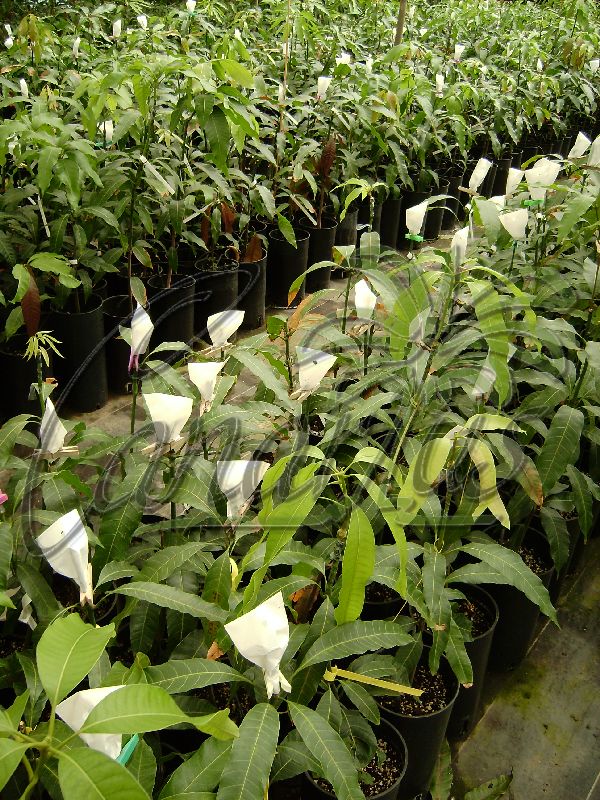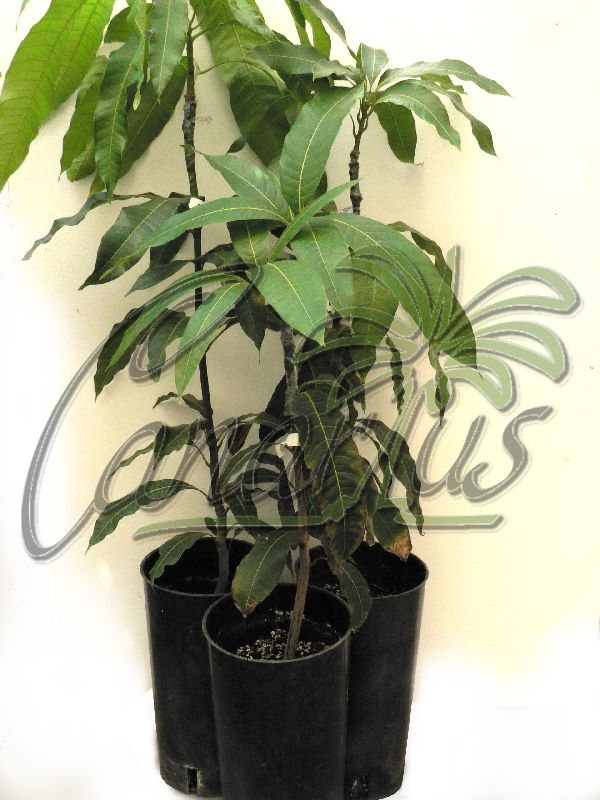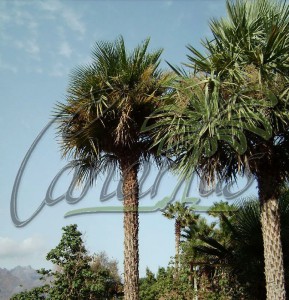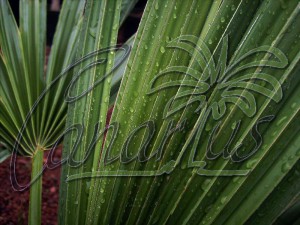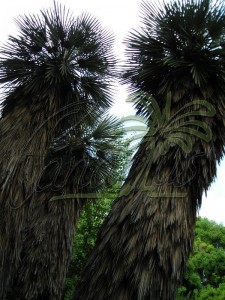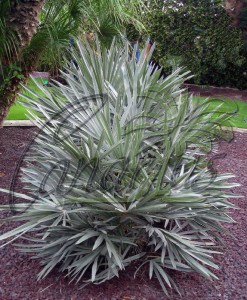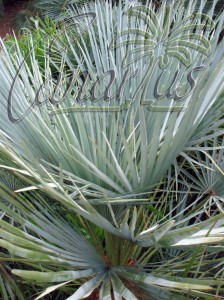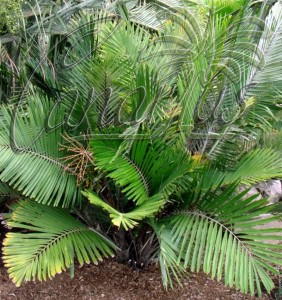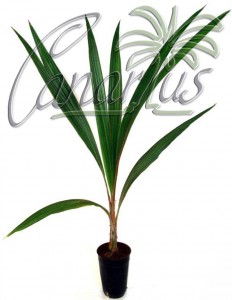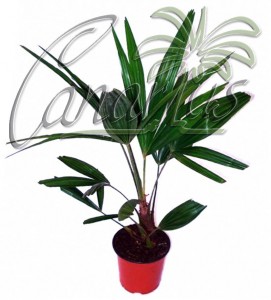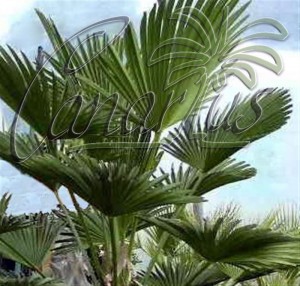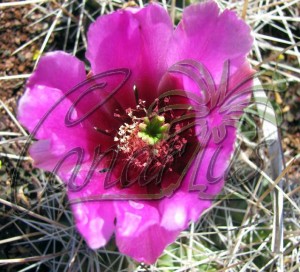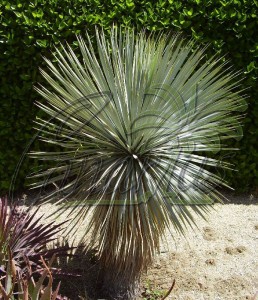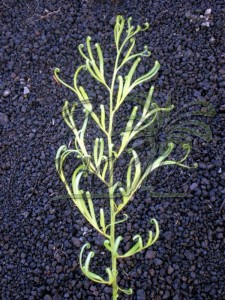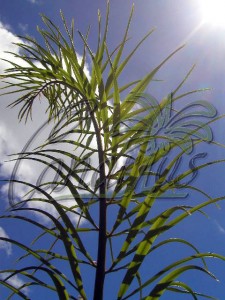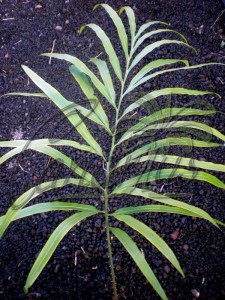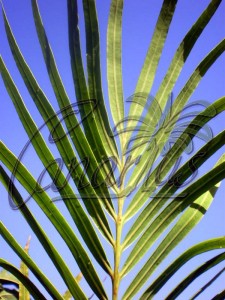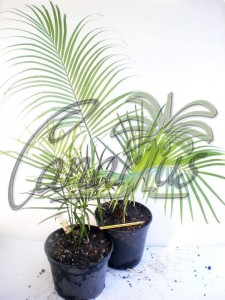Bromeliads, or Bromeliaceae, are highly appreciated plants because of their incredible colours and inflorescences, and their ease of growth in pots. Canarius.com offers on the internet tough-leaved species with colourful leaves, grown in the Canary Islands. Our bromeliad nursery was expanded in 2012 so our offer is continuously growing with new products. We ship worldwide !
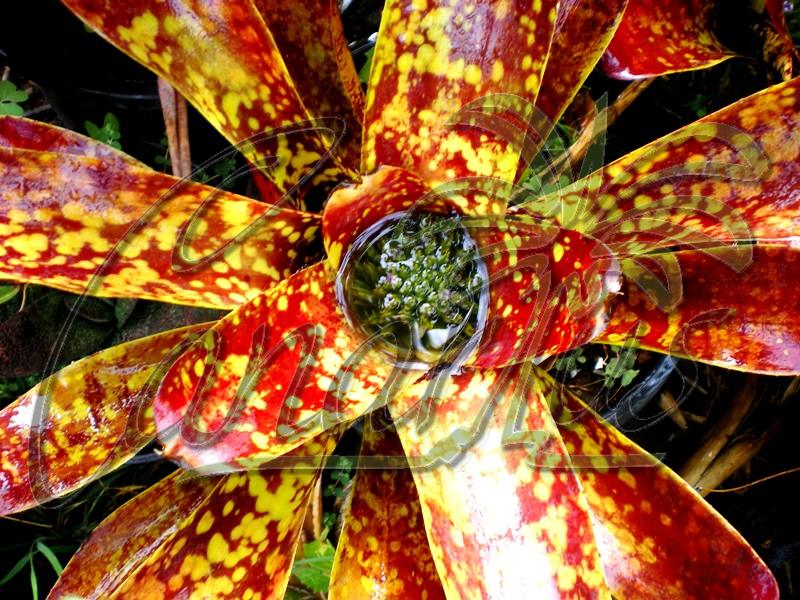
Neoregelia chlorosticta is a colourful bromeliad
Our Selection of Bromeliads
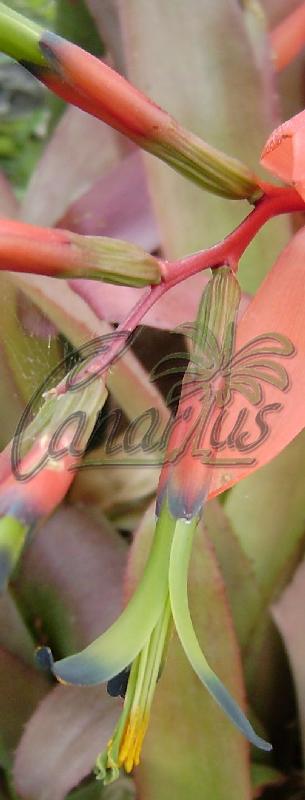
Delicate flowers of Billbergia
Our shop offers a fine selection of tough-leaved bromeliads that are never available through garden centres.
Most of them belong to the genera Aechmea, Billbergia and Neoregelia. In the Bromeliad Section of our Shop you can buy the most unusual bromeliads with the thickest and most colourful leaves, better adapted to hot and cold conditions of outdoor life. We also offer a selection of “classic” hybrids that have succeeded throughout the years. Our species grow well in non-tropical climates. Here they are grown outdoors because they like temperature changes and stand outdoors conditions in general. Our bromeliads will better tolerate:
- Hot direct sun
- Wind
- Occasional frosts
- Drought for weeks
Different light intensities will give plants with different growth and different colours. We grow our plants outdoors, with little or no shade, in order to achieve robust growth and bright colours.
We ship bare rooted plants and “pups”
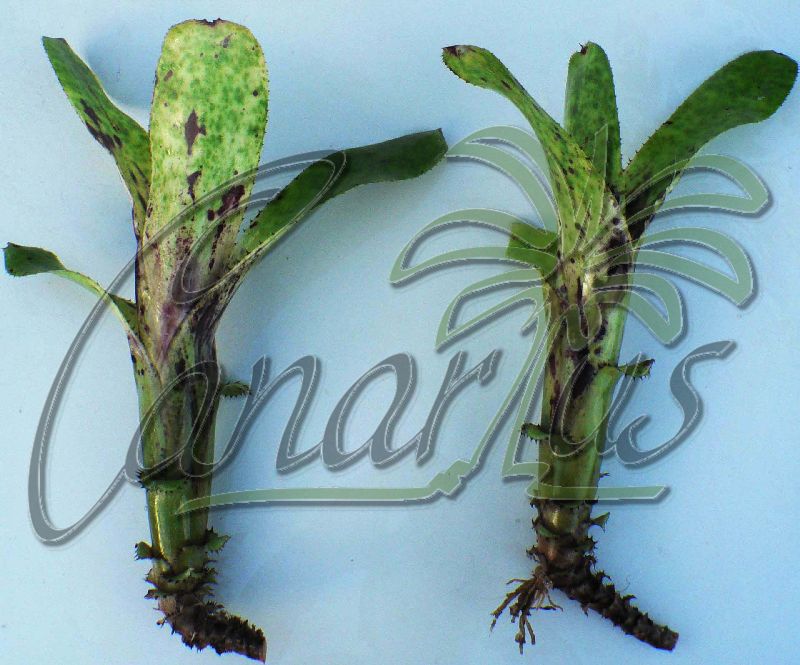
Bare-root pups of Aechmea nudicaulis, ready to be packed.
All bromeliads in catalogue are sold as large pups, which are the robust basal suckers produced after blooming. This type of cutting is the safest way to reproduce bromeliads, because all pups are identical to the mother plant with no unwanted crossings. Futhermore, pups are much stronger than seedlings.
We pre-root the pups for weeks so most of our “pups” will already show some roots when you open the box. Most of these plants are more than pups will reach flowering size in about one year.
In some cases, especially for larger species, pups will be collected shortly after you place the order. They will show few or no roots. Bromeliads can resist for weeks and months without any root because they rely on the water they keep in the leaves. They will quickly set new roots when put in a draining soil at warm temperatures.
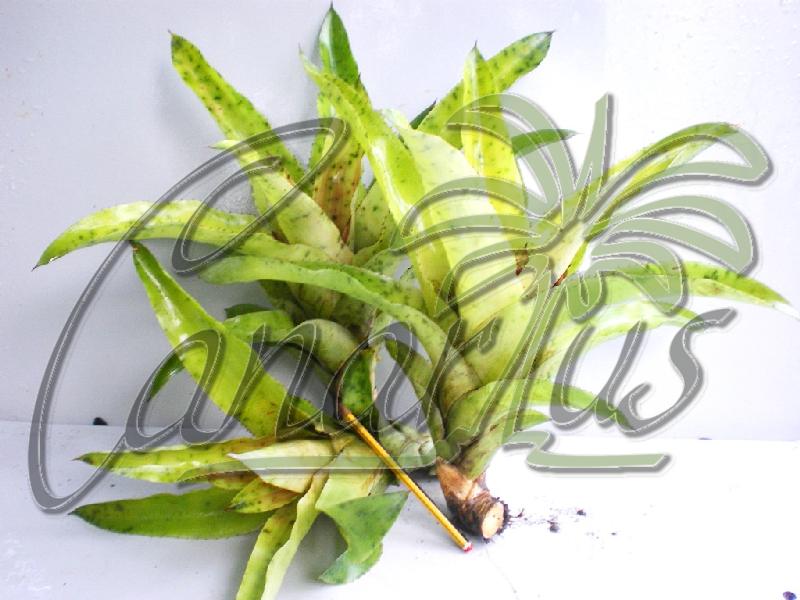
Aechmea pectinata pups produced in the Canary Island
- Large species give large pups: We select and ship to your home cuttings of 35-50 cm for large species such as Aechmea blanchetiana, A. callichroma and Neoregelia joannis. Their weight is 300-600 grams. Pups of large species will often lack roots. The largest species are can take 2 – 3 years to reach maturity.
- Small species give small pups. Plants like Neoregelia maculata, Aechmea gamosepala and Billbergia elegans can measure 18-30 cm and weight just 150-250 grams. Pups of small species will often have roots. They will probably bloom in one year or less.
If you want to see more pictures of the plants we sell, then visit THIS LINK and see our plants on the packing desk and learn more about what we ship.
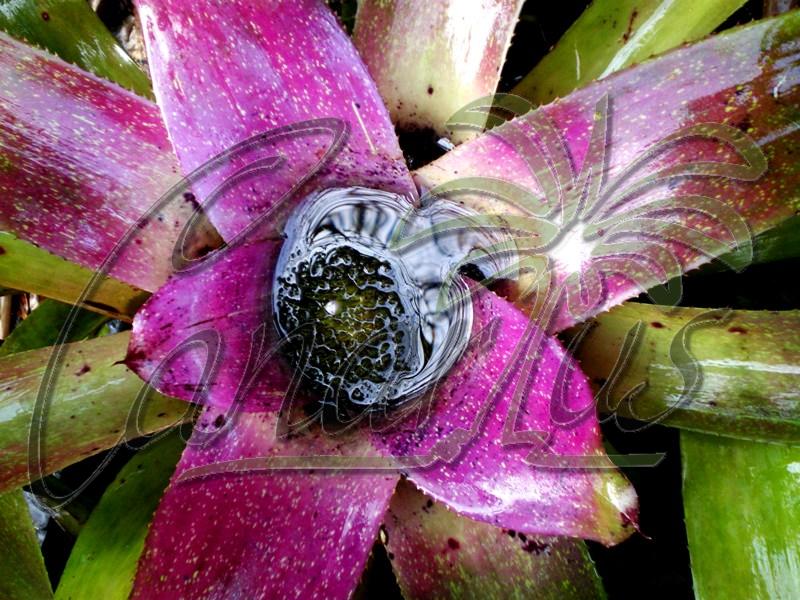
Neoregelia burlemarxii becomes purple during the blooming months
Our Shop
Please visit the Bromeliad Section of our Shop and check back often, because we offer different bromeliads at different times of the year. We ship plants to anywhere in Europe and soon to the rest of the world. Our bromeliads are already growing in most European countries. In 2013 we start shipping worldwide our products !
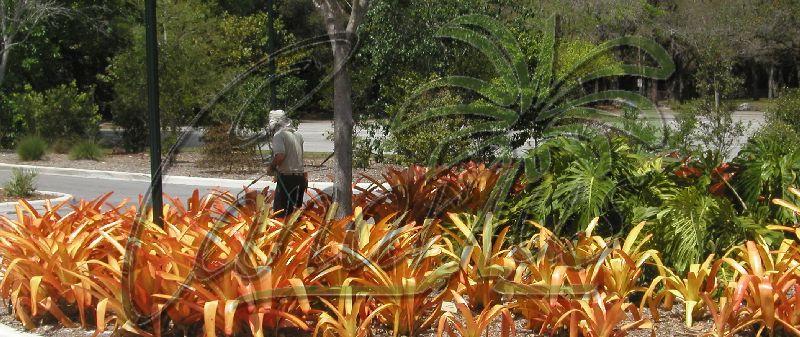
Aechmea blanchetiana grows in full sun and takes light frosts


















